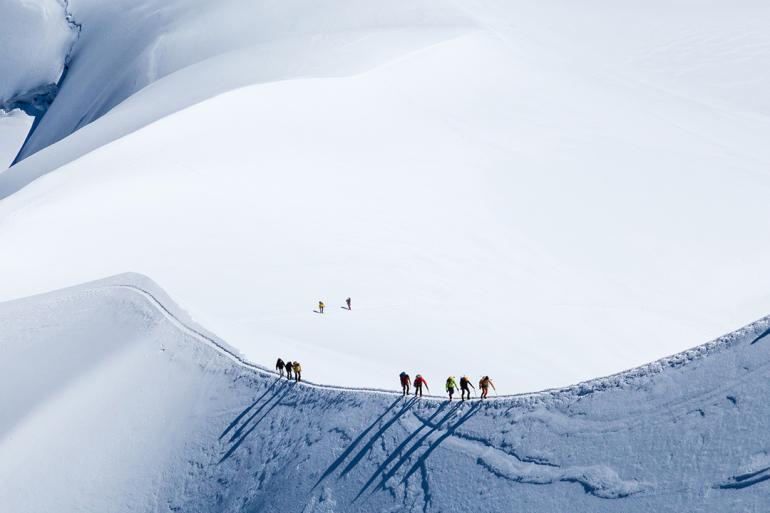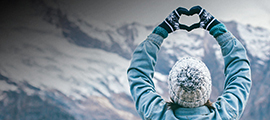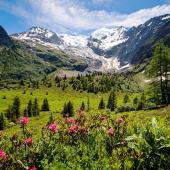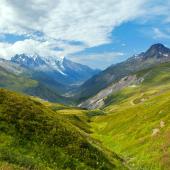High altitude: Psychological preparation

Why is high-altitude mountain exploration not approached like a typical outing?
In high-altitude mountains, progress is made off-trails, terrains are often challenging, and altitude changes the relationship with the body and effort. Autonomy and constant vigilance are the watchwords. Moving in a hostile environment should not be taken lightly, both physically and psychologically.
What are the most psychologically disturbing factors?
Undoubtedly, altitude: no one can predict how their body will react beyond 2,000 or 2,500 meters. The famous "altitude sickness" can affect anyone. Headaches and vomiting induced by lack of oxygen slow reflexes and alter endurance and performance capabilities. These are all stress factors.
Another anxiety-inducing factor: finding oneself in an isolated place where no one is encountered, where infrastructure is nonexistent, and autonomy is the rule. This aspect must be taken seriously, especially since what can cause a certain euphoria in the first few days can become traumatic if the stay is prolonged.
Night hiking is also worth mentioning...
In high-altitude mountains, people start around 2-3 in the morning to benefit from the best weather conditions, return to the refuge early, and avoid altitude storms, which are common in the late afternoon. However, walking at night can be very anxiety-inducing due to the lack of visibility of the terrain... and also simply frustrating due to the impossibility of immediately enjoying the landscape. Good recovery—and thus a good night's sleep—is essential to guarantee physical condition and mental strength.
What is the best way to take your first steps in high-altitude mountains?
To reduce risks and gradually understand one's capabilities, desires, and limits, it is ideal to start with technically easy expeditions, of short duration, in frequented areas. It is indeed easier to turn back, wait for the group at the refuge, or, in extreme cases, be evacuated by helicopter in the Alps than in the Himalayas!
The Rules of Serenity
Being accompanied by a professional:
- Never go alone.
- Be wary of the group training phenomenon.
- Remain humble in the face of this both exciting and hostile environment.
Maintaining a healthy lifestyle daily:
- Quit smoking (or never start!), avoid alcohol, and eat balanced meals.
- Maintain physical fitness.
-
Avoid certainties about endurance capabilities (in high-altitude mountains, effort is very different compared to flat terrain or a trail).
Choosing suitable equipment:
- Seek advice from a professional.
- Pay attention to the quality of undergarments, often neglected.
- Remember that the right equipment is not over-equipment.
Knowing the terrain:
- Consult books to familiarize yourself with this environment.
- Read guidebooks to understand the nature and dangers of the terrain.
- On the eve of the journey, arrive early at the refuge to recognize the start of the route (for example, the first hour of walking).
- During the approach walk, visualize the route.
- Take into account the season and weather conditions.
- Do not rely on other experiences, even recent ones: high-altitude mountains change rapidly, especially glaciers.














